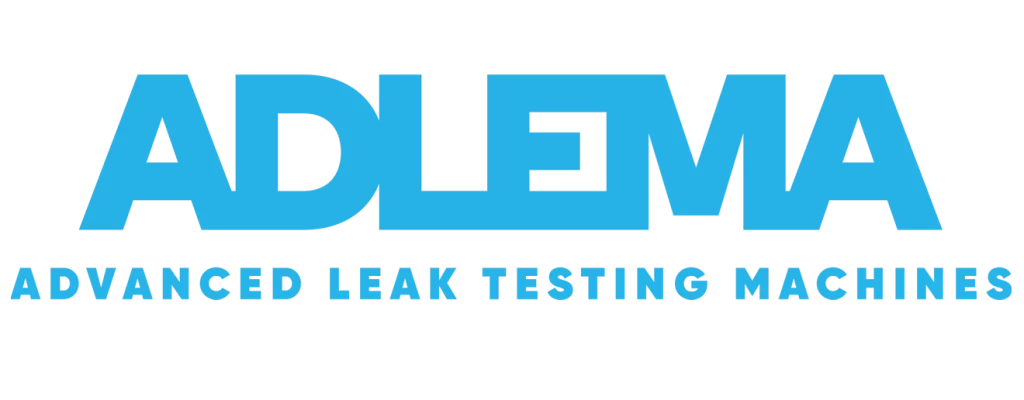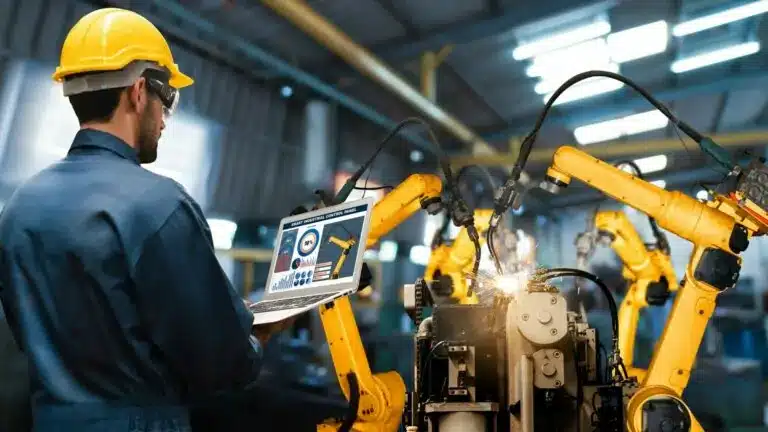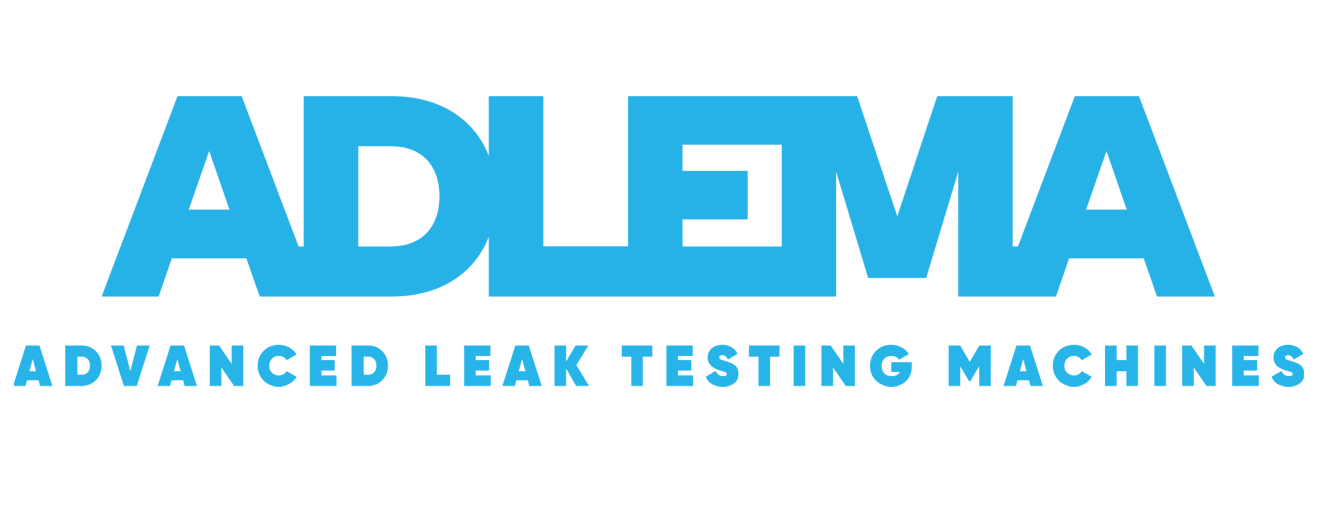How Long to Wait for a Leak Testing at Production ?
Introduction
In leak testing, the methods and waiting times vary. In today’s fast-paced tech-driven world, standby and leak testing are integral to industrial production. Leaks or leaks in production lines can affect product quality and lead to potential hazards and job losses. Efficiency and accuracy of leak tests are crucial for safety, quality control, but reliability and test duration raise important questions.

Leak Testing and the Importance of Speed at Production
So how long should you wait for a leak test? Leak tests evaluate product leakage individually, but in high-volume production lines, they lag behind, posing challenges for efficiency and quality. Production speed is as important as accuracy in time-constrained mass production environments. Fast and efficient leak tests offer the combined advantage of optimizing production processes and delivering products to customers faster.
Key Points to Optimize Before Leak Testing at Production
Before the tightness test, all necessary precautions must be taken to ensure that the product is leakproof. The correct preparation, sealing or assembly of the pressurized areas inside the product is critical for the reliability of the test results. New generation tools, such as the CZ Series quick connecttor apparatus produced by Adlema, accelerate this stage, making the testing process safer and easier to ensure the leak-tightness. Automation systems automate the process of placing products in the test rig, saving time and reducing the risk of operator error.
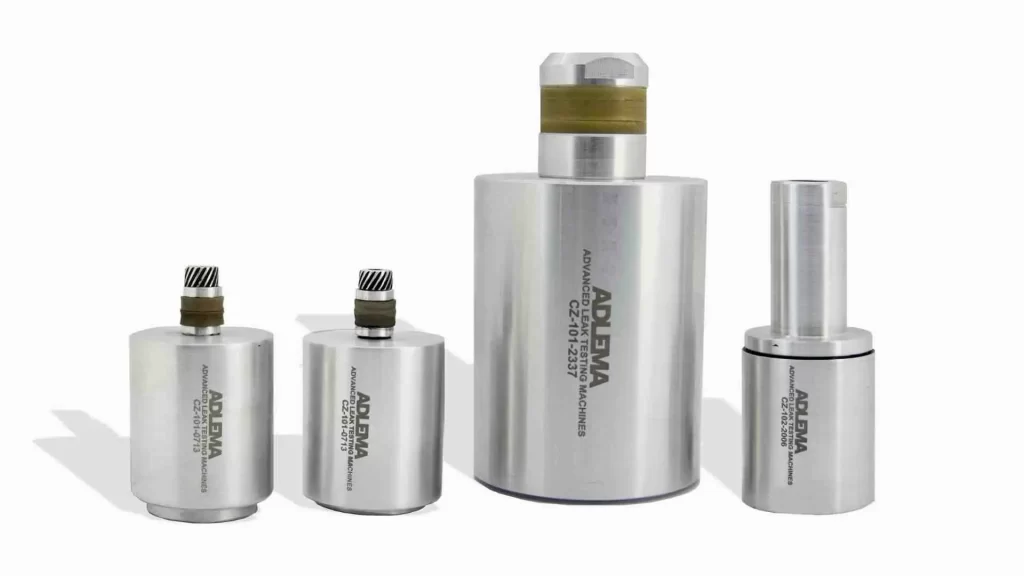
Test Duration and Method Variations
The quality, speed and accuracy of leak tests are largely determined by the test methods and equipment used. Methods such as traditional bubble testing require the bubbles to be visually observed by the operator involved and this process can be time consuming. Therefore, more precise and faster test methods should be preferred for quality and speed. Methods such as differential pressure drop or helium mass spectrometry can detect smaller leaks in shorter periods of time and provide convenience in production lines.
How Long to Wait for a Leak Test? How should the tests be conducted?
The Future and Transformation of Leak Testing
Technological advances are helping to make leak testing faster and more accurate. In the future, with more factors such as artificial intelligence and automation coming into play, the process speed, diversity and efficiency of leak tests may increase even further. Manufacturers should be expected to optimize and improve their production processes by properly adopting these new technologies.
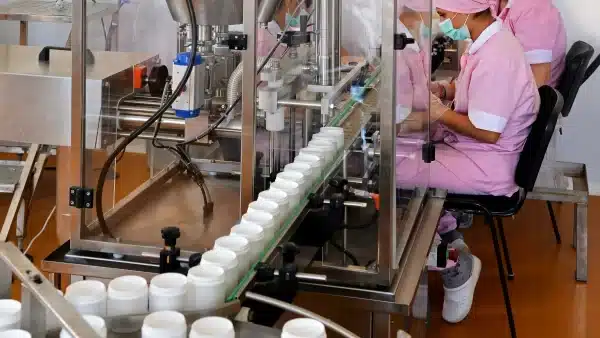
Technological advances are helping to make leak tests faster and more accurate.
Conclusion
Leak tightness testing is a critical step in ensuring product quality, safety and production processes. The speed and accuracy of the tests are of great importance for the proper functioning and operation of production lines, ensuring product quality and gaining a competitive advantage over other companies. Determining the optimal test duration and various methods not only increases productivity but also improves product quality to a superior level. With various technological developments in the future, the speed and accuracy of leak testing will increase even further, setting new standards in the industrial production of our future.
Adlema’s solutions are the perfect option for sustainable production and reliable leak tests. You can contact Adlema for the most suitable leak-testing solutions for you.
For contacton LinkedIn: Adlema-LinkedIn
